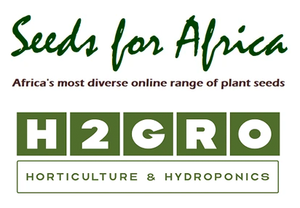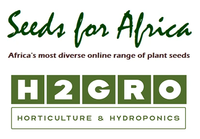Phototropism In A Nutshell
As a rule, plants are responsible for making their own food through a process called photosynthesis. They are really good at maximizing the amount of light they take in. The leaves essentially act as biological solar panels filled with light absorbing biological machinery, if you will. Obviously, any plant leaves that are directly facing the light are going to absorb more energy than leaves that are facing the wrong direction i.e. away from the light source. Plants however are pretty good at making sure their leaves are facing the right direction.
Here we are referring to a certain type of tropism. Tropism comes from an old Greek word 'tropos', which means 'turning'. Also, when a word starts with 'photo', it means it has something to do with light. So, Phototropism is when plants turn or move in response to light.
As an example, one can look at something like some bean sprouts for instance. If you were to prepare a propagator with some Jiffy pellets inside and sprinkled some seeds on top, added some water and gave it a few days to germinate…you too will be able to witness these responses.
While you give your seedlings a couple of days to establish, go ahead and modify a cardboard box for this test. Cut out an opening in the side of the box for light penetration. When your seedlings are ready after opening their first set of true leaves, go ahead and put them in the box and turn on a lamp outside the box as to shine light through the side opening.
Now, leave them be for about 24 hours or longer. You will notice all the plants that has any light falling on them will move to point and grow towards the source of light available to them, with the leaves now able to receive as much direct light as possible.

This is happening because of auxins. Auxins are hormones; chemicals that send messages throughout a plant and are released from the tip and move down the stem. Auxins can make cells get longer, which means if auxins were applied equally to all cells, the plant will grow taller. But if light reaches a plant from one side only, auxins will accumulate on the darker side. This means the cells on the darker side will grow longer than those on the bright side.
Picture columns of cells side by side and imagine only one side receives any sunlight. The cells on the darker side would accumulate auxins and grow longer, forcing the stack to bend to the side until the top of the stack is pointing towards the light. For plants, the effect of auxins causes the whole stem to bend in one direction, causing the tip and the leaves to face towards the light.
PRO TIP:
Do you also have a windowsill filled with plants that are all flopping over or bending towards the bright outdoors? You can easily remedy this with a little rotation every couple of days. I personally follow the ¼ turn weekly method with great success!
About the Author
Christoff Boltman is the Seeds for Africa / H2GRO Hydroponic specialist. Christoff has been growing hydroponically for the last 15 years and welcomes the opportunity to share his experience and knowledge with our customers. Feel free to pop in at our showroom and Christoff will be delighted to show you around and advise you on what would best suit your needs.









